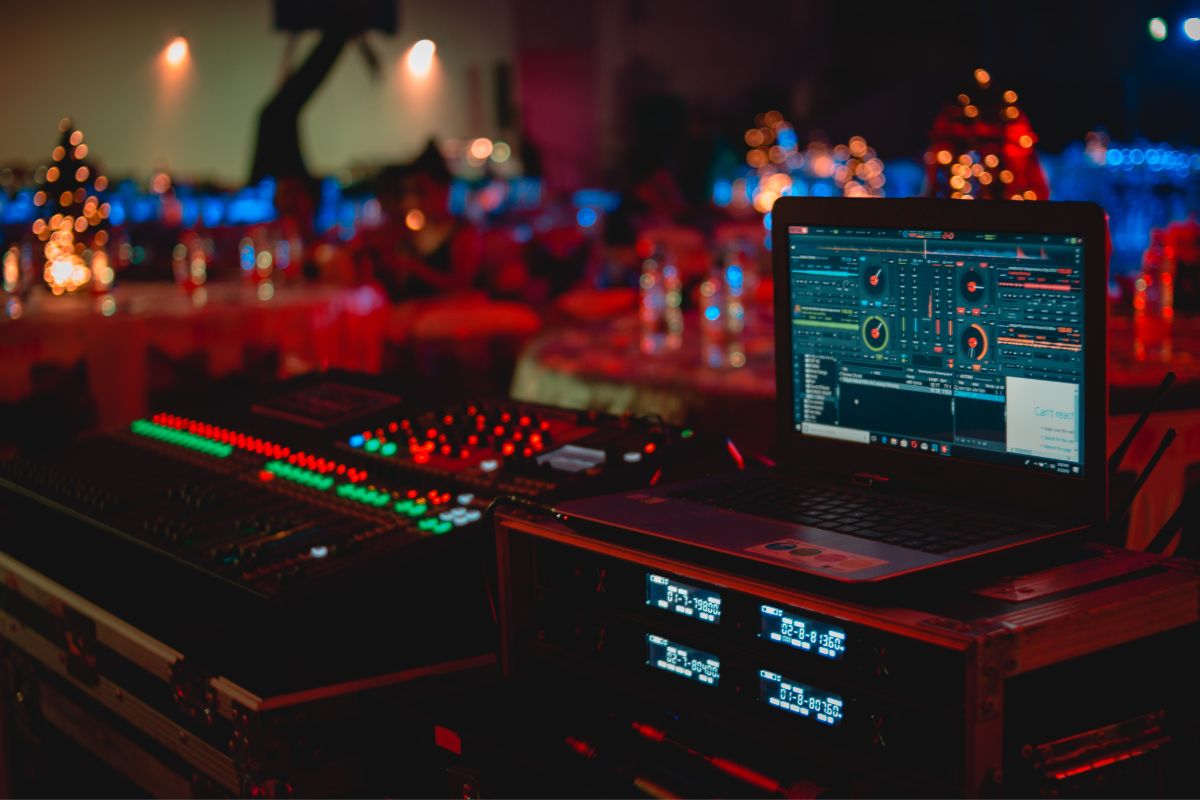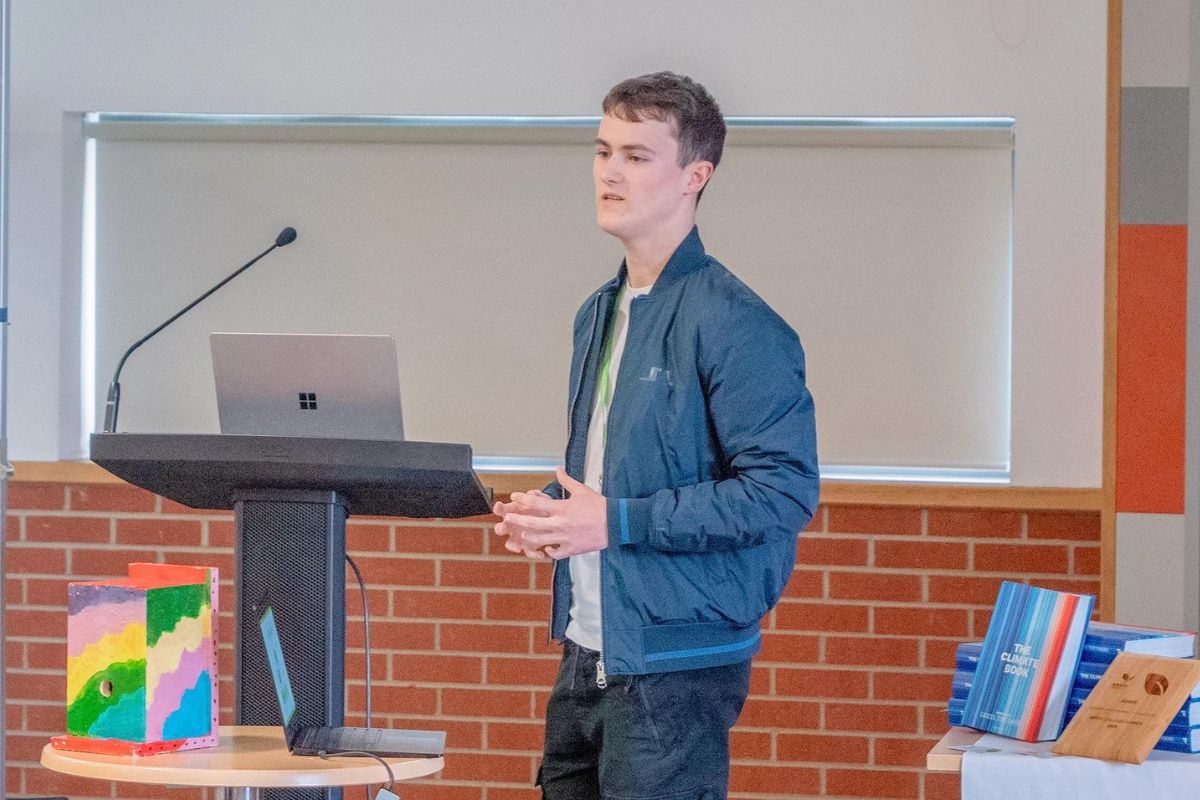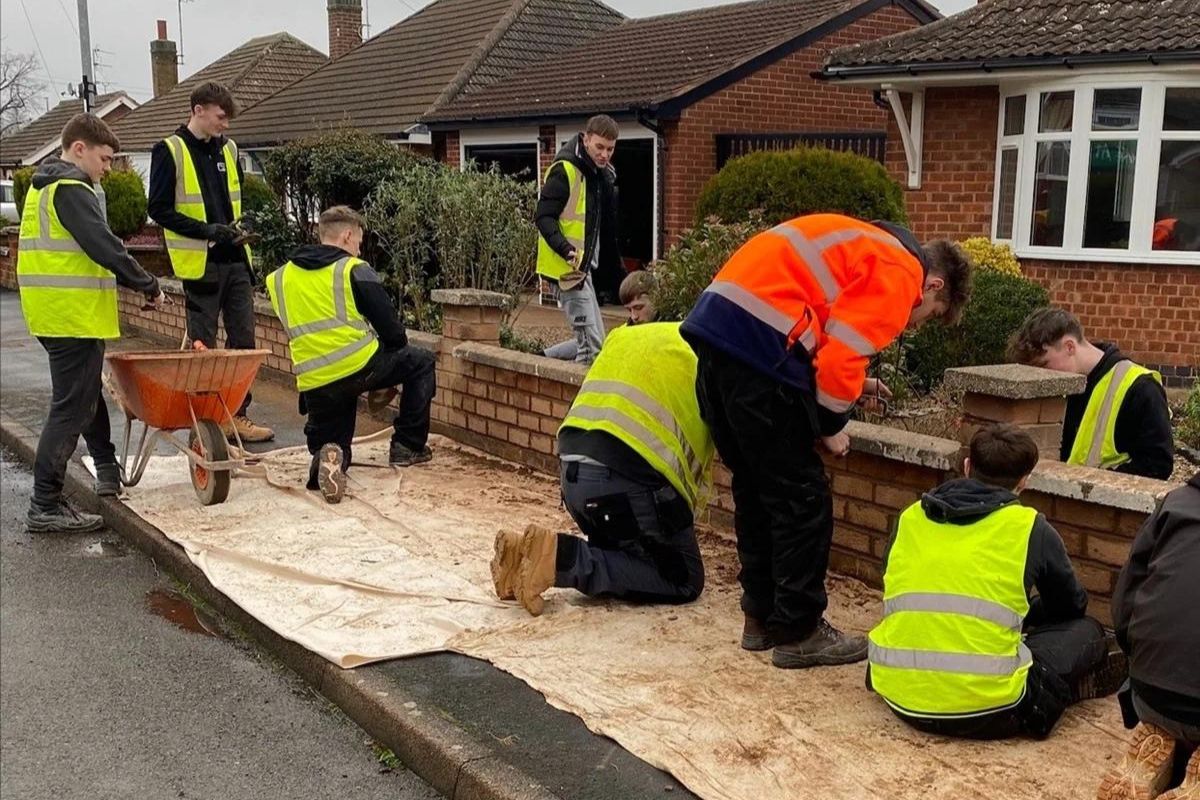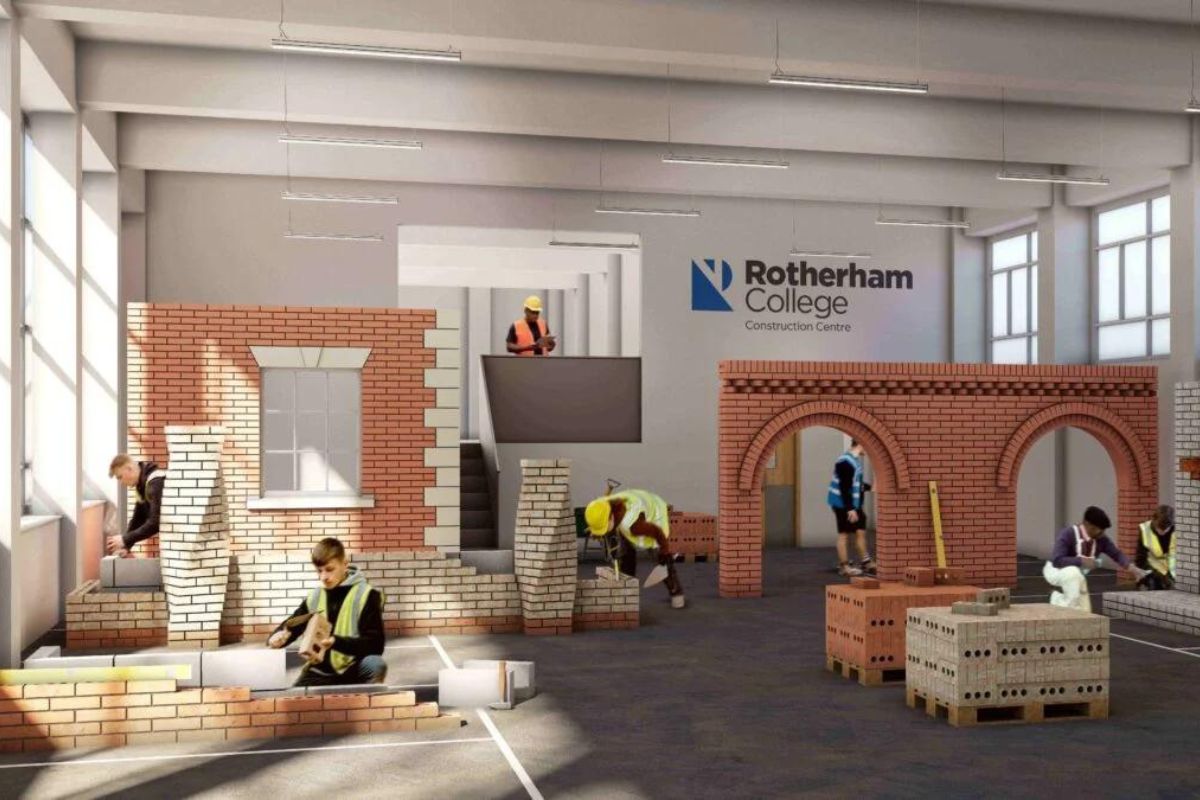Preparing the future workforce with soft-skills training in VR

Soft skills are a great asset and increasingly sought after in today’s job market. A strong ability to communicate well, answer questions, and speak publicly with confidence can be even the difference in hiring success. A 2023 survey of 1,000 UK hiring managers found almost two-thirds (62%) have previously hired someone who demonstrated superior soft skills over a candidate who was better qualified.
Yet, building these skills can be challenging without the opportunity, or having any training. And with a lack of dedicated soft skills development programmes built into formal education curriculum, many young individuals starting their careers feel unequipped for the workplace. In a Gartner survey, 51% of Gen Z employees said that their education has not prepared them for their entry to the workforce, missing out on developing key soft skills such as public speaking and networking.
In an increasingly competitive job market, the importance of soft skills cannot be overlooked. We’re now seeing a shift from educators leveraging emerging technologies like Virtual Reality (VR) to support their students in building the vital soft skills they need to succeed.
Immersive technologies for digital natives
Today’s students and those in the early stages of their careers are also digital natives. Born into a digital-first era, they are primed with experience of different technologies in their personal lives, and now we’re seeing many of these technologies transcend into the world of training and education.
That’s where the true impact of immersive technology comes to light. With VR and XR, learning can now take on a whole new dimension, thanks to 3D, kinaesthetic learning that is so much more natural for humans. This is very powerful in areas like soft skills training, where real-world practice is key to improvement, but scenarios can be hard to replicate regularly.
It’s important to note that immersive learning is not there to replace traditional classroom-based methods, but there’s also a key difference between passive and active learning. Classroom-based learning is a great foundation but in a lot of training scenarios, sitting in front of a screen whether it’s in a lecture or your own laptop, is not as good as being hands-on.
Training scenarios, like answering interview questions, managing difficult conversations, or presenting to large groups can all be repeated easily in VR. Not only does this save time and resources for educators, but students also benefit from a more personal experience, ‘learn by doing’ and receive real-time feedback which they can work to address in their next session. Another advantage is that VR-based simulations remove background distractions and can add another layer of immersion for better engagement with the content, which can help deliver even more effective learning outcomes.
The results are extremely impactful, proving to have significant improvements in confidence and knowledge retention.
Coleg y Cymoedd transforms soft skills learning with VR
One organisation putting the power of VR soft skills learning into student hands is Welsh further education college, Coleg y Cymoedd.
Working with VR training specialists Bodyswaps and HTC VIVE, Coleg y Cymoedd has successfully introduced VR-based immersive learning to help their students develop soft skills that will prepare them for their entry to the workforce.
Using VIVE Focus 3 standalone VR headsets, students have accessed 23 VR modules which simulate a range of real-life scenarios that are otherwise difficult to replicate – from managing interview anxiety to job interviews and even public speaking.
By practicing these scenarios in an immersive environment, learners can gain valuable feedback on elements of their performance in real-time, not only on choice of wording and speech pattern, but also on their posture and even body language. Student feedback has been highly positive, demonstrating the real impact VR can have as a native learning tool. In five months, confidence levels of 25 students using the Job Interview Simulation module increased from 17% to 83%, before and after the VR learning experience.
The future of immersive learning
We’re at an extremely exciting time in the evolution of immersive technologies. VR is already proving to have a demonstrable positive impact on learning and development of students and professionals, from soft skills to hard skills, and in almost every sector – be that education, healthcare, manufacturing or architecture.
In the last year, we’ve also seen the mainstream arrival of Mixed Reality (MR) technologies, enabling users to blend 3D digital objects with real-world physical environments – a great example is learning medical anatomy through detailed models. XR can make learning universal, ubiquitous, and inspirational, giving students access to new ways of learning regardless of their geographical location or background. Through immersive experiences, they can break out from the limitations of a physical space and engage in more experiential environments.
Combining these technologies with traditional learning practice has great potential, making classroom experiences even more interactive and dynamic, while giving educators new tools that facilitate effective learning models at scale.












Responses